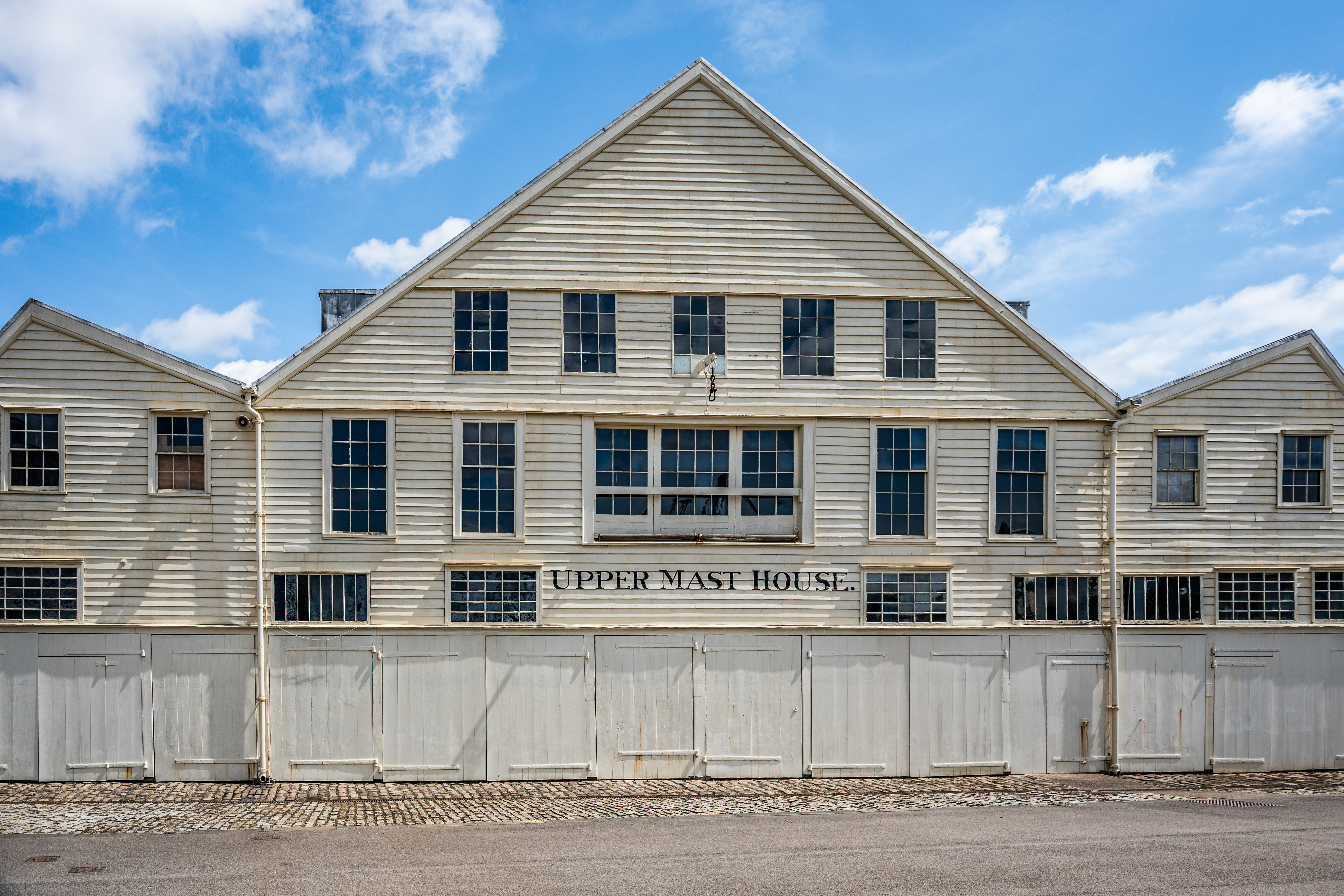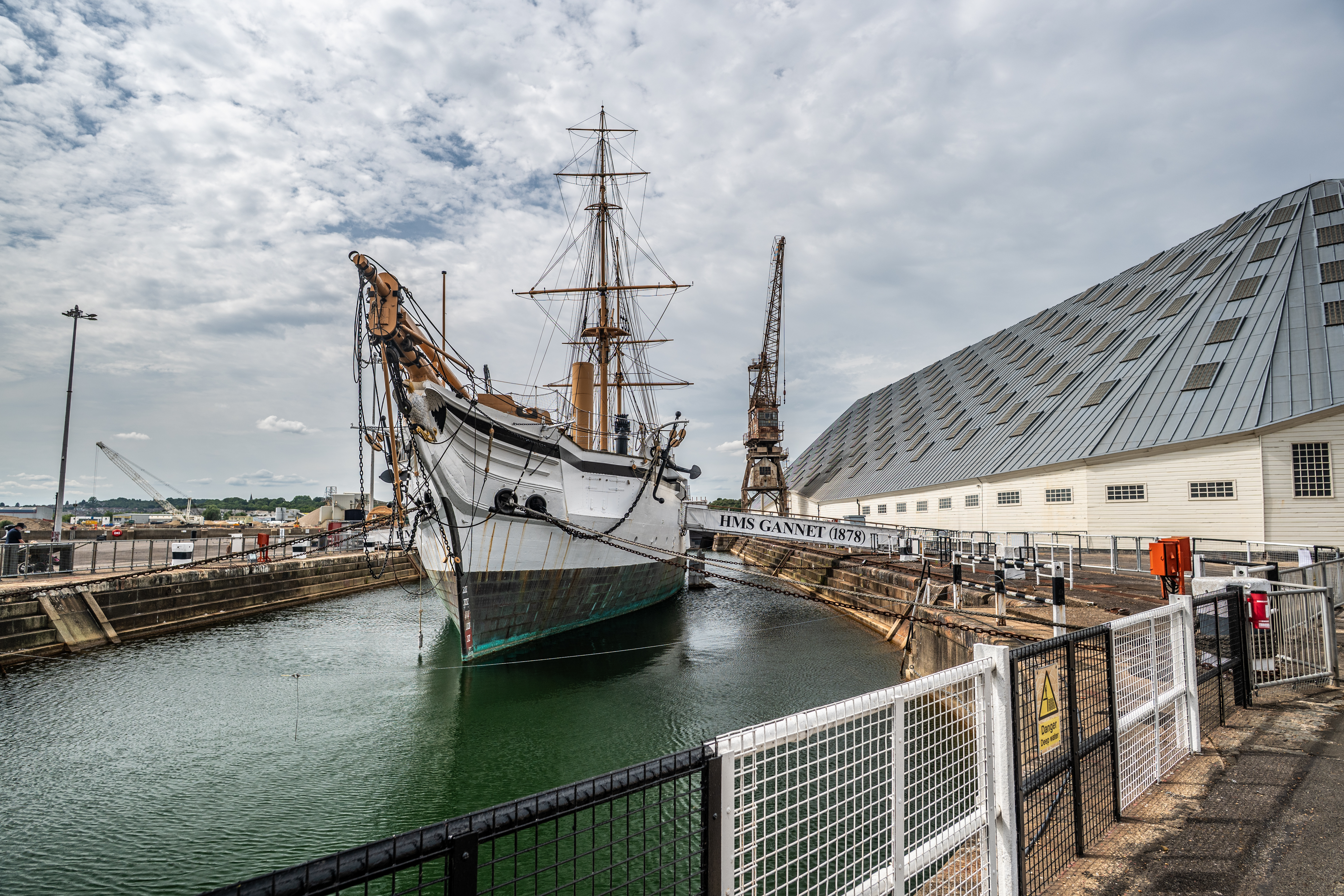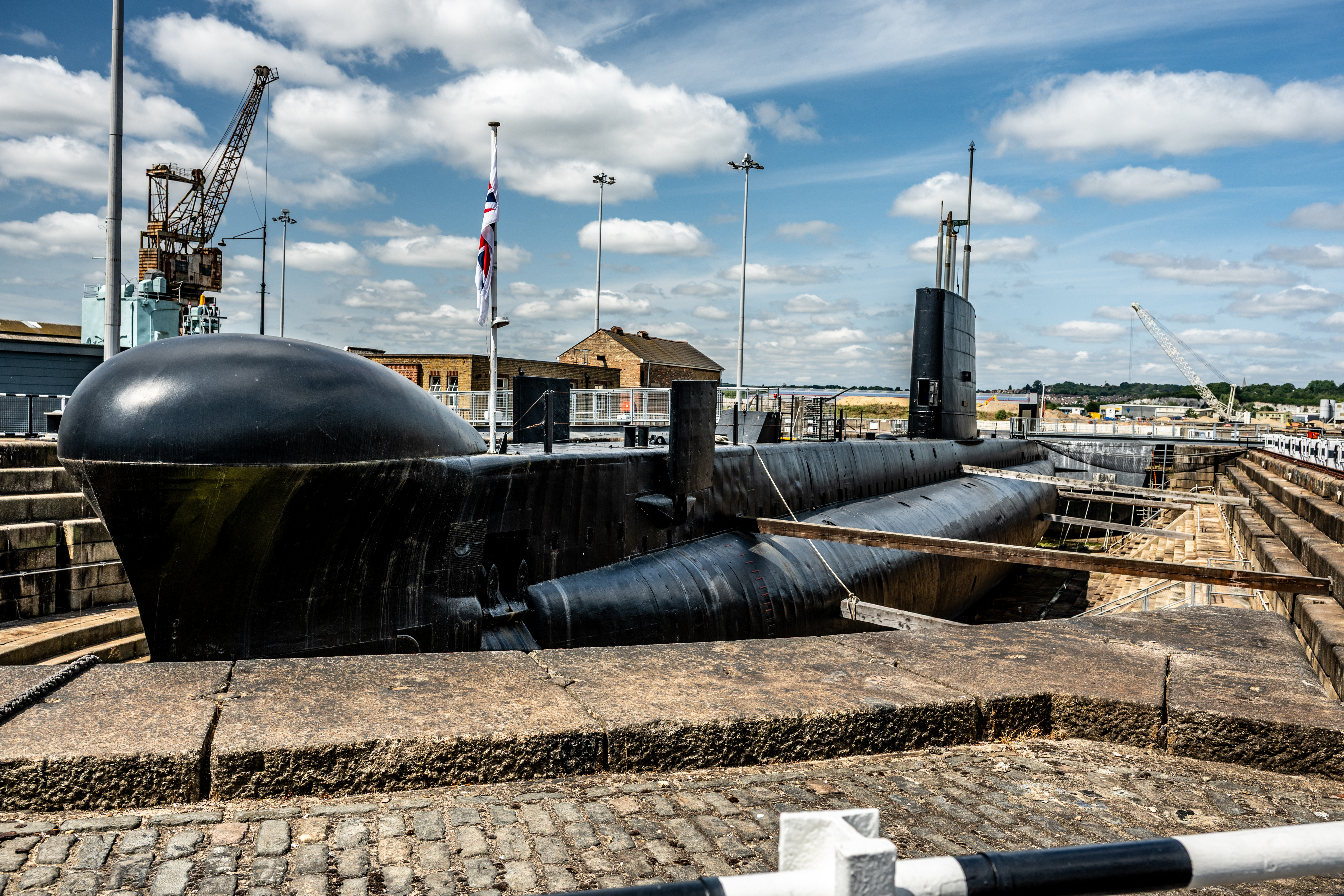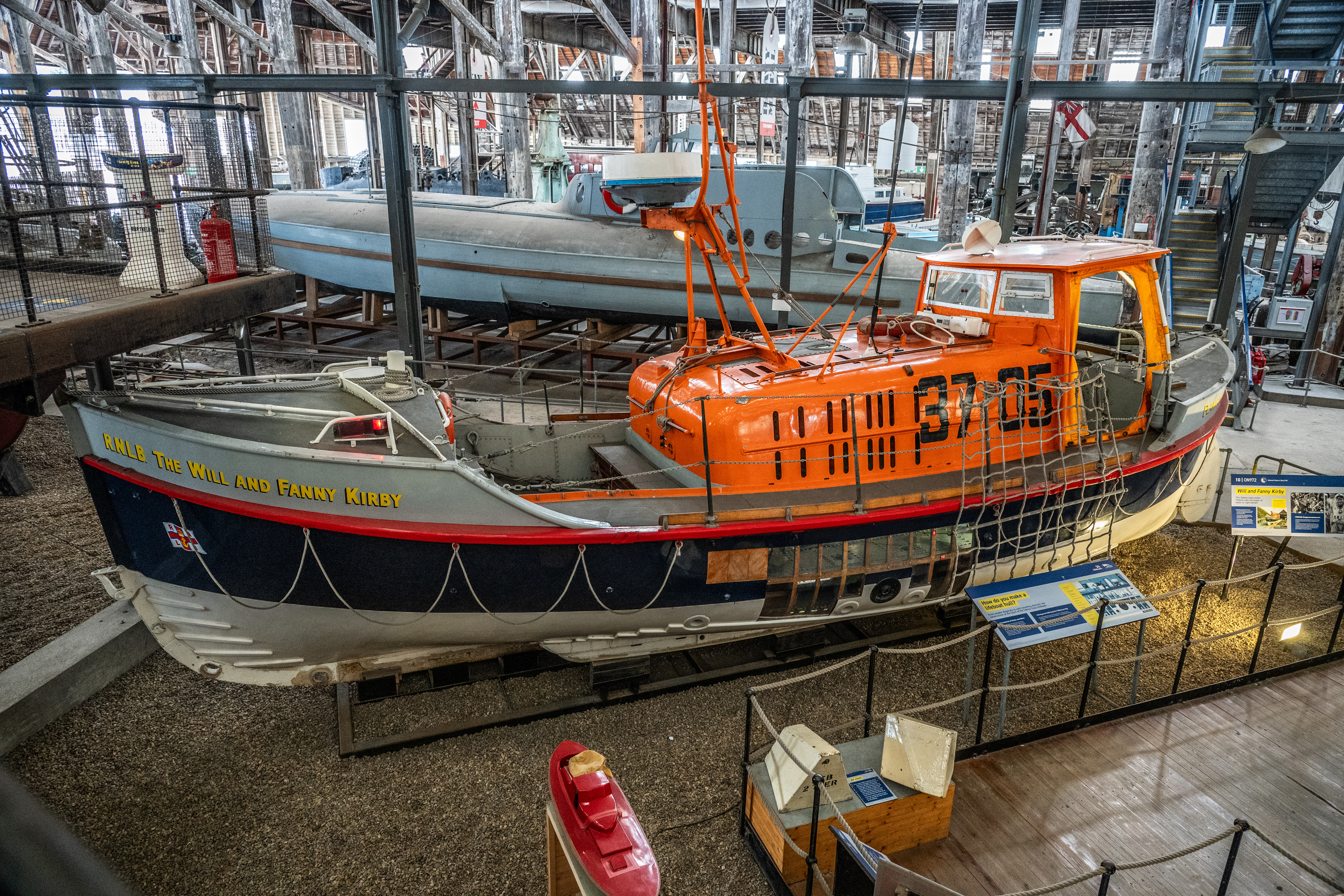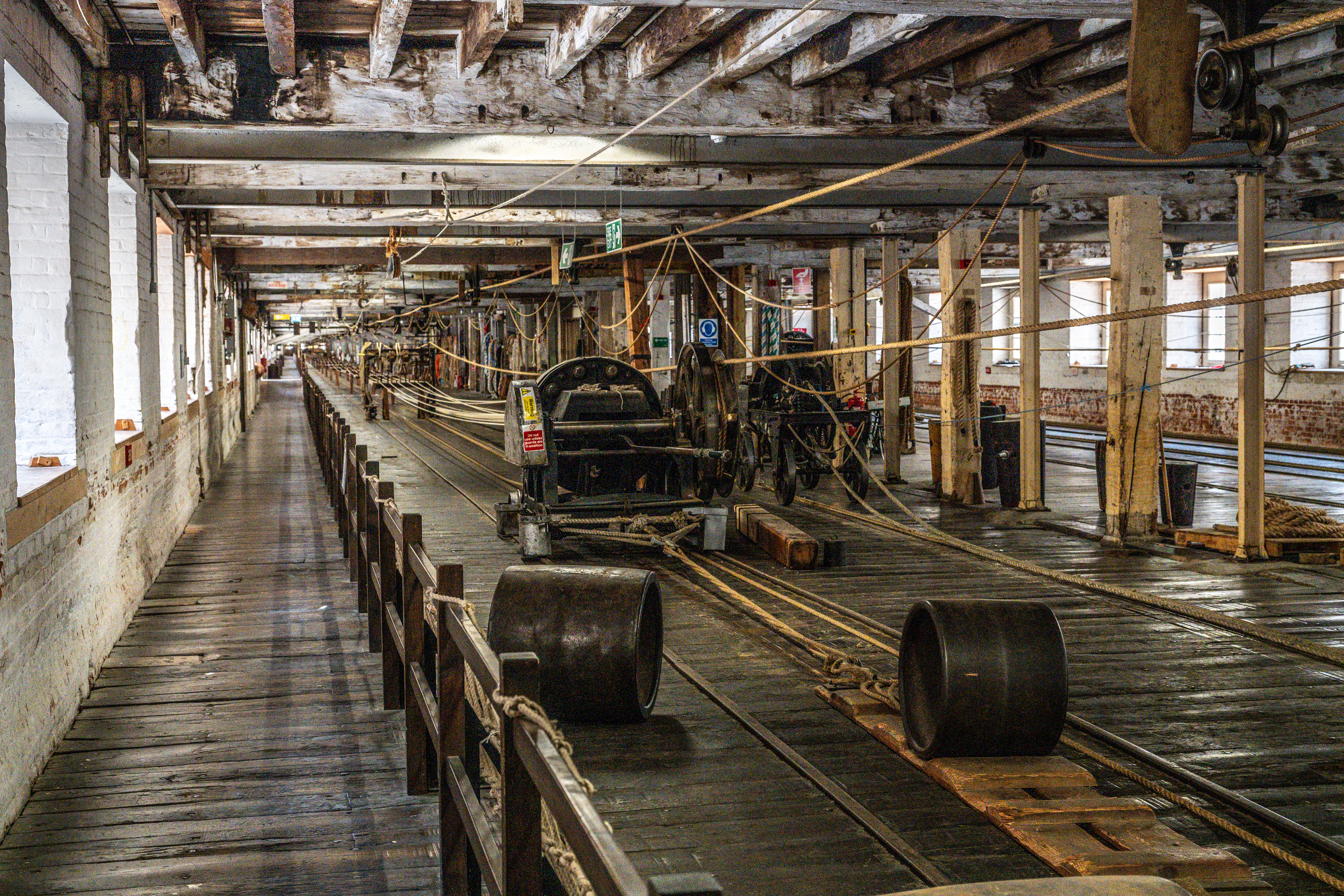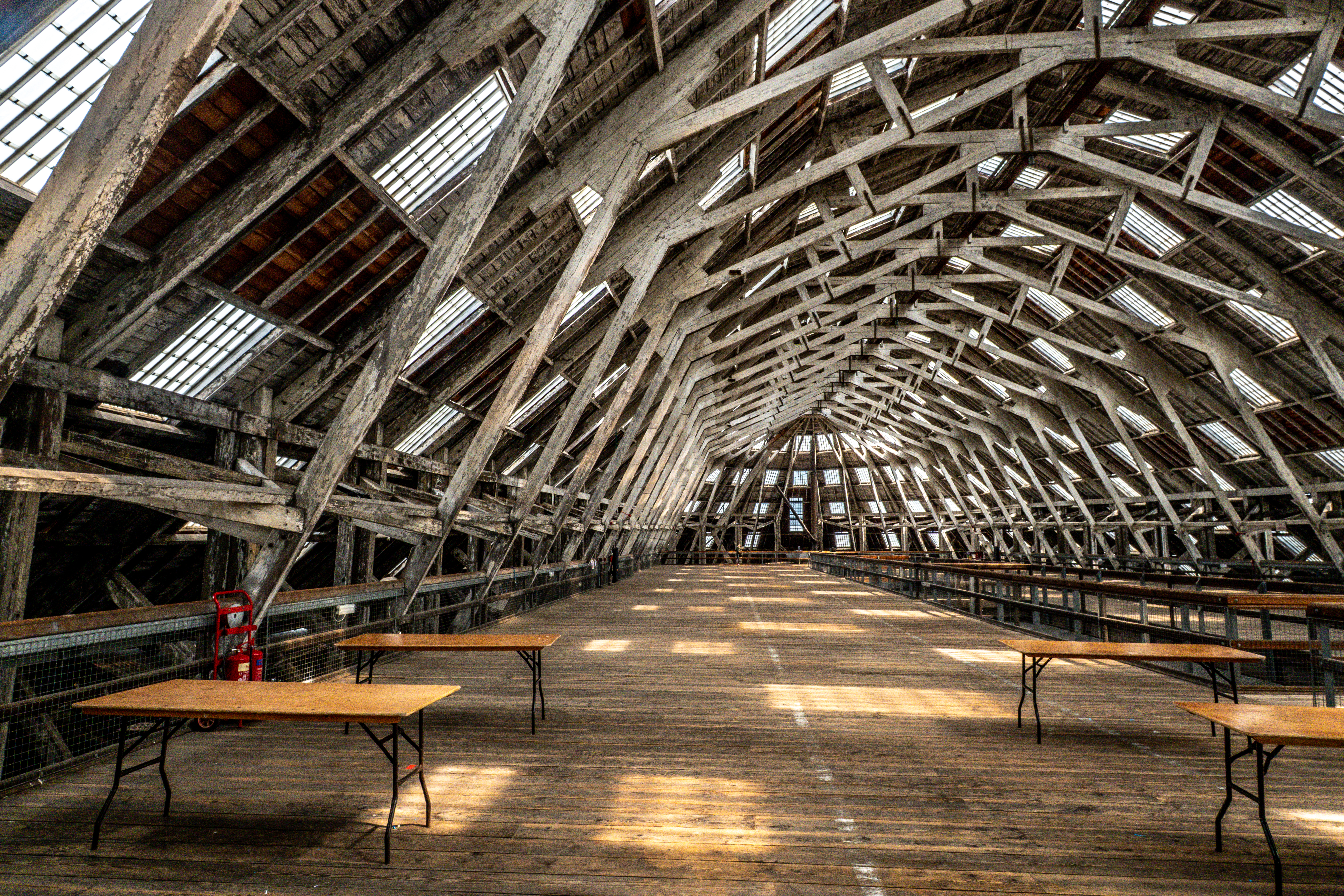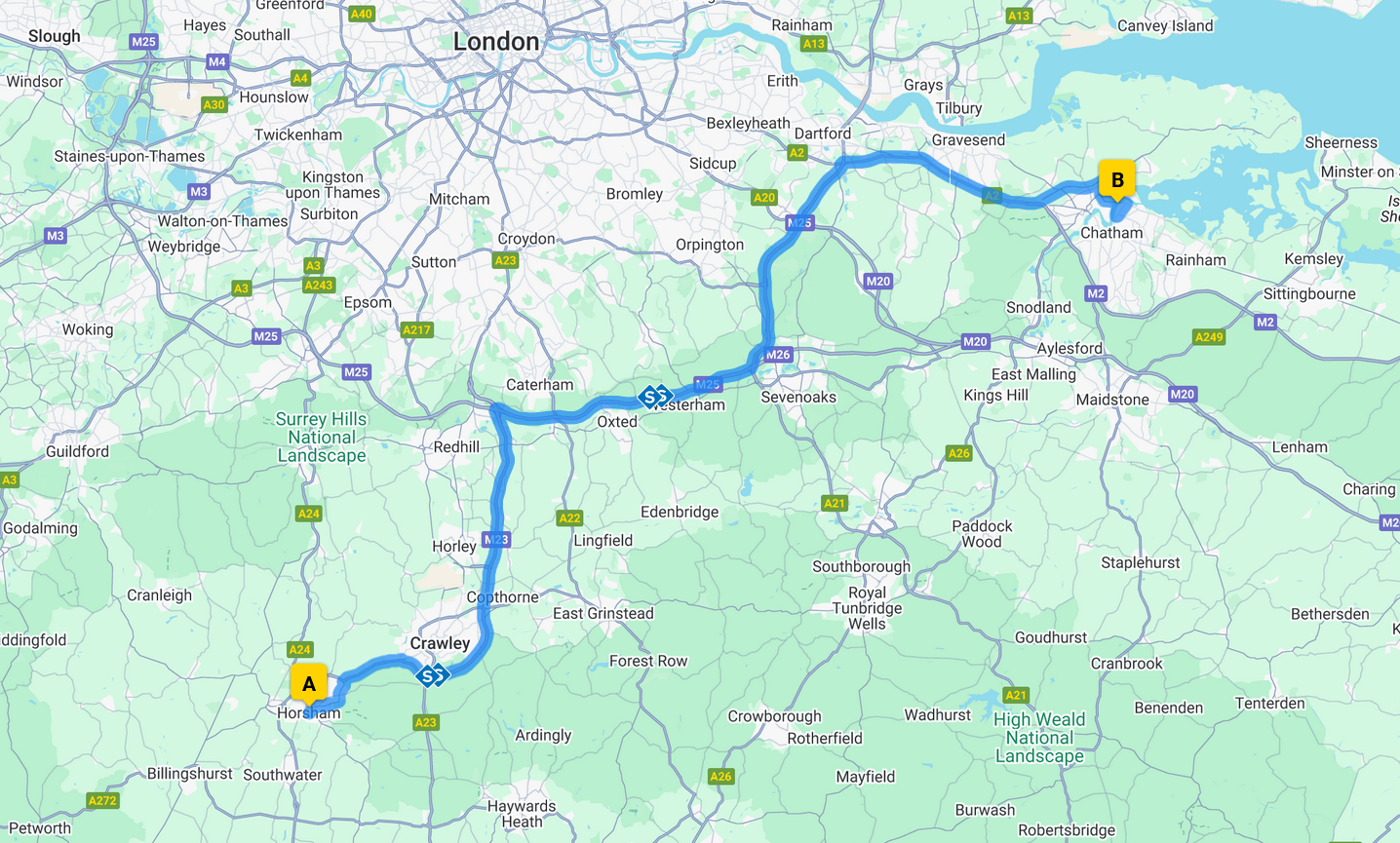The Historic Dockyard Chatham
The Historic Dockyard Chatham is a significant maritime heritage site in Kent, England, preserving over 400 years of naval history. Once one of the Royal Navy's principal dockyards, it played a crucial role in shipbuilding, repair, and maintenance for centuries, from the Age of Sail through to the Cold War. After its closure as a working dockyard in 1984, a substantial part of the site was taken over by the Chatham Historic Dockyard Trust to be preserved and interpreted as a visitor attraction.
Early History: The Royal Navy first used the Medway area in 1547. By 1567, the site was officially referred to as Chatham, and facilities began to be constructed, with the first warship, the Merlin, launched in 1579. Chatham became a major base under Queen Elizabeth I, serving ships that fought the Spanish Armada [2, 5].
Age of Sail: The dockyard evolved significantly, with the construction of the iconic Ropery in 1618 and the development of dry docks and other essential buildings throughout the 17th and 18th centuries. Chatham was the Royal Navy's principal fleet base during the Dutch wars in the 17th century [2, 5]. It was the birthplace of many famous ships, including HMS Victory, Nelson's flagship at Trafalgar, launched in 1765 [2, 4].
Industrial Revolution and Beyond: The 19th century saw major expansion and technological advancements, with the mechanization of the Ropery in 1809 and the construction of steam-powered sawmills and new ironworking facilities [2, 4]. The dockyard continued to build warships into the 20th century, with HM Submarine Ocelot (launched in 1962) being the last warship built there for the Royal Navy [4, 3].
Closure and Preservation: In 1984, Chatham Dockyard closed, and the southernmost 80 acres, containing the original Age of Sail dockyard, were entrusted to the Chatham Historic Dockyard Trust for preservation and public access [2]. Today, it is recognized as the most complete dockyard of the Age of Sail in the world, boasting over 100 buildings and structures, including 47 Scheduled Ancient Monuments [1, 2, 4].
References
Text generated by Google's Gemini AI
- 1. Chatham Historic Dockyard Trust.
- 2. Chatham Maritime Trust. (n.d.). History.
- 3. The Historic Dockyard Chatham. (n.d.). Make the most of your visit
- 4. Handmade Kent. (n.d.). The Historic Dockyard Chatham: Everything You Need to Know for Your Visit.
- 5. Chatham Historic Dockyard Trust. (n.d.). Dockyard History.
